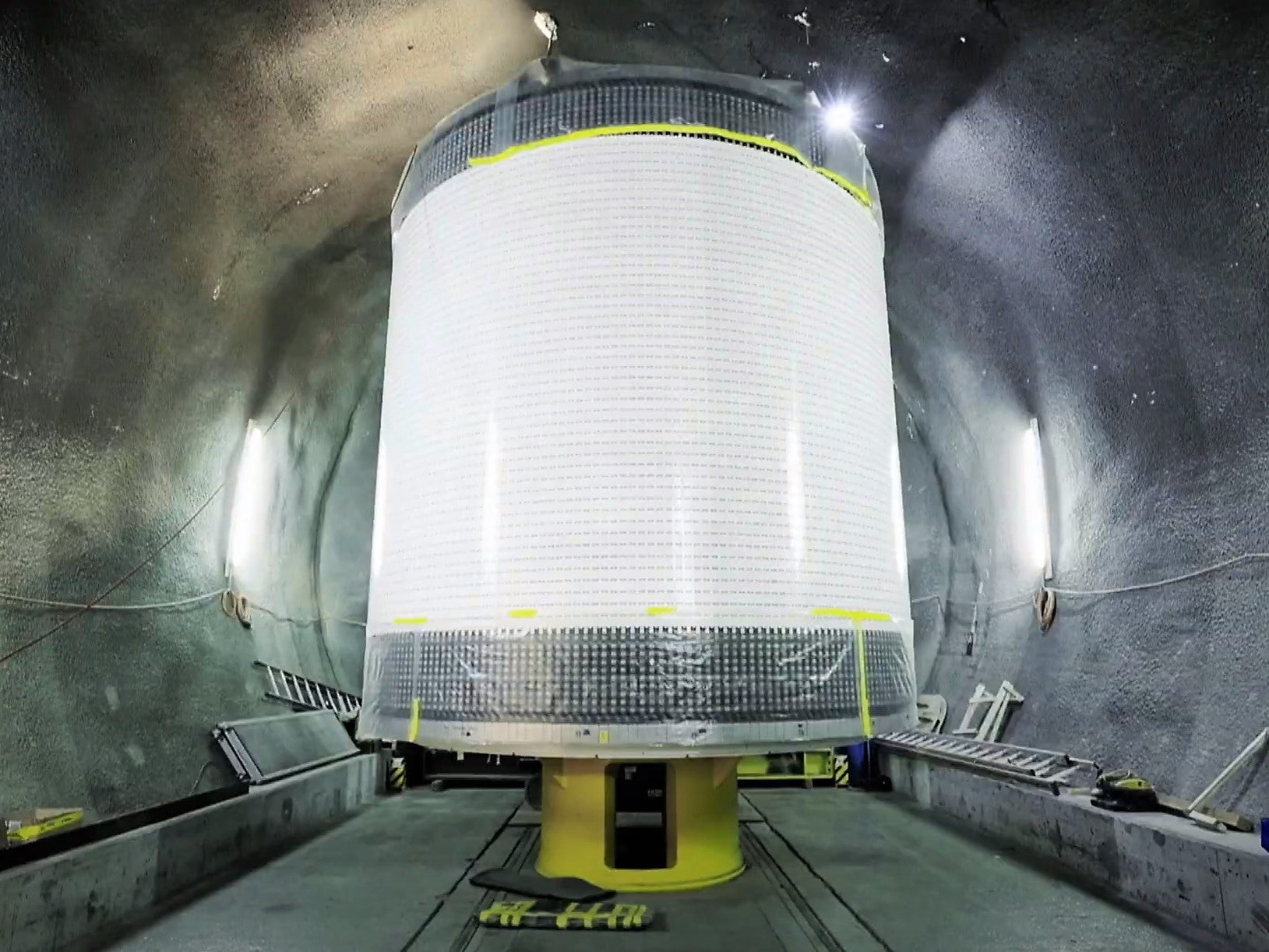€2 billion underground ‘water battery’ turns on in Switzerland
Swiss plant has power output large enough to power as many as 900,000 homes

Your support helps us to tell the story
From reproductive rights to climate change to Big Tech, The Independent is on the ground when the story is developing. Whether it's investigating the financials of Elon Musk's pro-Trump PAC or producing our latest documentary, 'The A Word', which shines a light on the American women fighting for reproductive rights, we know how important it is to parse out the facts from the messaging.
At such a critical moment in US history, we need reporters on the ground. Your donation allows us to keep sending journalists to speak to both sides of the story.
The Independent is trusted by Americans across the entire political spectrum. And unlike many other quality news outlets, we choose not to lock Americans out of our reporting and analysis with paywalls. We believe quality journalism should be available to everyone, paid for by those who can afford it.
Your support makes all the difference.A giant ‘water battery’ capable of storing as much energy as 400,000 electric car batteries has been switched on in Switzerland.
The €2 billion project, located nearly 600 metres beneath the Swiss Alps, was under construction for 14 years.
Its 20 million kWh capacity will allow excess energy produced from renewable sources to be stored for future use, thus helping to stabilise the electricity grid and reduce reliance on fossil fuels.
The hydro battery works by using the excess energy to pump water between two separate reservoirs at different altitudes in the Swiss canton of Valais.
Six pump turbines send water from the lower reservoir of Emosson to the upper reservoir of Emosson Vieux during times of overproduction.
With a capacity of 25 million m3, the water battery has a power output large enough to power as many as 900,000 homes.
“Faced with the rise of new renewable energies, such as wind and solar, whose production is intermittent, such flexibility is needed to compensate for variations in the electricity network and permanently maintain the balance between production and consumption of electricity,” stated a press release from the hydroelectric plant Nant de Drance.
“Nant de Drance works like a gigantic battery which, in the short term, allows you to quickly store excess electricity on the grid, or produce the necessary energyvwhen demand exceeds production.”
Water batteries have become a popular way to store energy, with figures from the US Office of Energy Efficiency and Renewable Energy revealing that 93 per cent of energy storage in the country coming from pumped storage hydropower.

Join our commenting forum
Join thought-provoking conversations, follow other Independent readers and see their replies
Comments